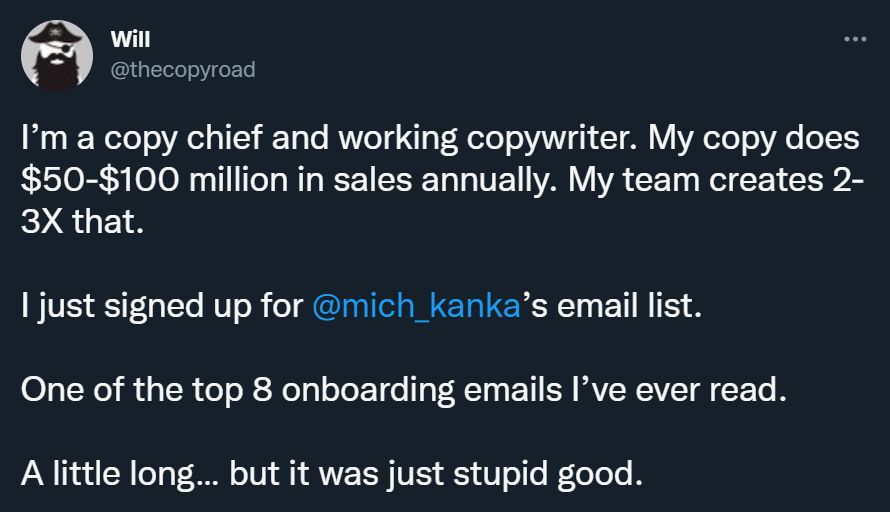How Snapchat got its first users?

Evan Spiegel and Bobby Murphy had a vision to revolutionize the manner in which people communicated. They introduced an innovative app called Picaboo that promised sending disappearing messages – a concept that was novel at the time. Despite their efforts to generate buzz through outreach to journalists and distributing flyers, the app failed to gain traction.
Determined to make the app stand out, Evan poured his thoughts into the logo design. Upon analyzing popular apps, he observed a niche in yellow logos. With this insight, he took a bold move and created a white ghost on a yellow background to symbolize disappearing messages – a unique touch that would later contribute significantly to Snapchat's success.
However, they renamed the app to Snapchat to avoid confusion with other offerings on the App Store. The duo's user acquisition strategy was aimed at the youthful demographic and making the app "cool." Bobby's proficiency in coding for iOS paved the way for Snapchat's seamless integration, which was a turning point in the Snapchat's growth.
At first, the app was used only by Evan and Bobby's close friends. But, word soon spread through Evan's mother's niece, a high school student, to her peers. Snapchat's popularity skyrocketed as students utilized it to send "disappearing cheat notes" for exams. In just two months, the app's user count skyrocketed from 127 to a staggering 30,000, a proof of how powerful effective user acquisition strategies can be.
Get your
"oh sh*t, this might work for us!"
moment in the next 5 minutes
Viral marketing case studies and marketing psychology principles that made hundreds of millions in months or weeks
In the first email:
- a step-by-step strategy that made $0-$30M within 9 weeks with $0 marketing budget (case study)
- cheatsheet (PDF) of 10 biases in marketing used by top 2% companies
Other than that:
- weekly original content that helps you STAND OUT by providing more perceived value with less work

(You won't find it anywhere else)

Explore Cognitive Biases in Marketing